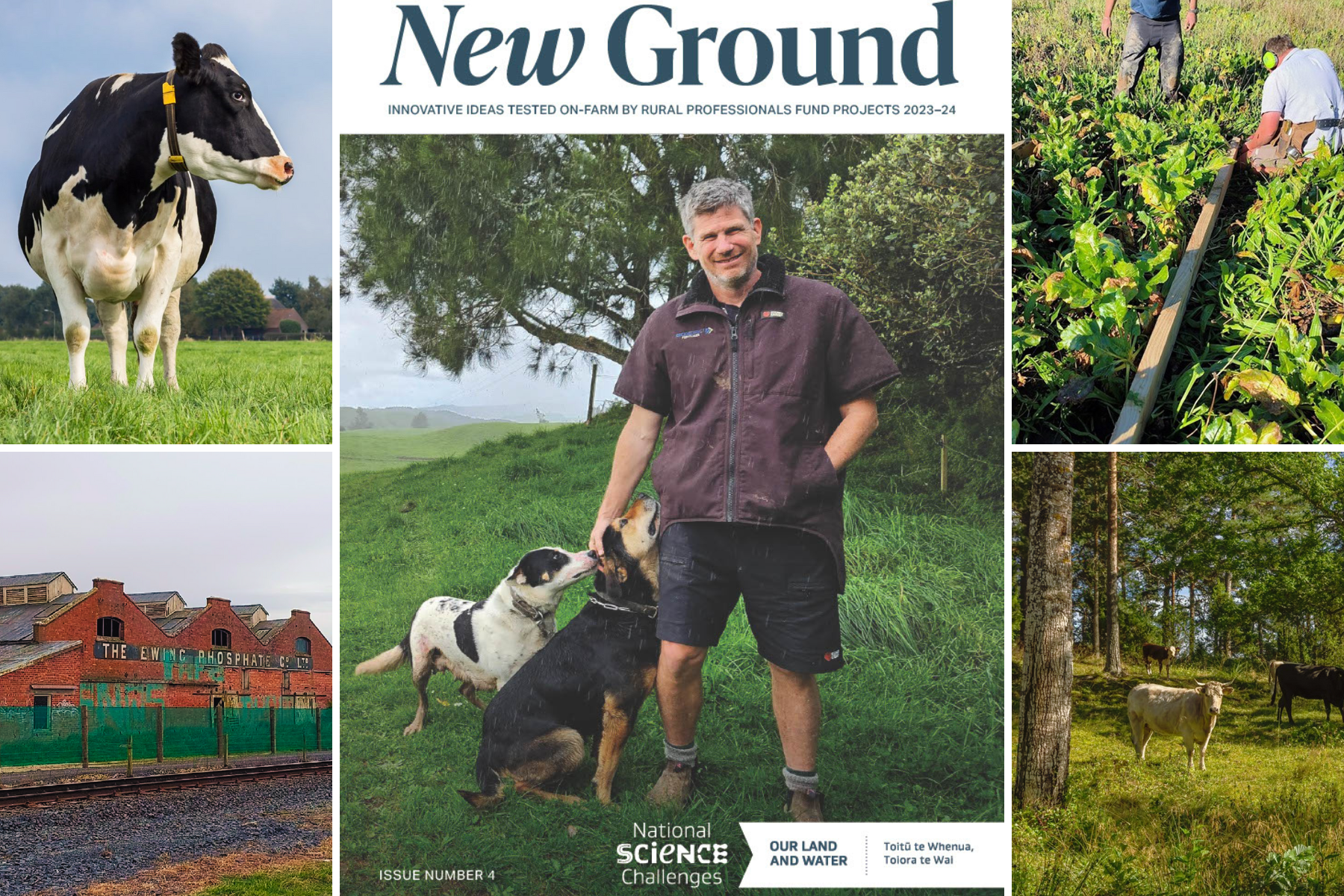Phosphorus transport in subsurface flow from a stony soil under irrigated and non-irrigated lucerne
July 2020
Publication: New Zealand Journal of Agricultural Research
Author(s): CW. Gray, RW. McDowell, SL. Graham, JE. Hunt, J. Laubach, GND Rogers, S. Carrick, D. Whitehead
The extent of phosphorus (P) loss from soils under deep-rooting crops such as lucerne is currently unknown. This study used large lysimeters (2.0 by 1.5 m) to quantify the amounts and forms of P in drainage under lucerne from two sites, a non-irrigated dairy system and an irrigated dairy system that also received farm dairy effluent (FDE). Results showed despite greater P inputs to the irrigated compared to the non-irrigated site, there was no difference in total P concentrations in drainage. There were also no differences in the forms of P lost between sites, which were dominated by particulate P (48%–52%). More P was lost from the irrigated (0.262 kg ha‚àí1) than the non-irrigated site (0.164 kg ha‚àí1). The larger P loss was a result of irrigation producing more drainage (42%) than observed at the non-irrigated site. The amount and forms of P lost from lucerne were similar or lower than losses reported for similar soils under grass/legume-based pasture swards amended with P fertiliser and FDE. Because P leaching was regulated by drainage volume rather than P input, management of irrigation water to reduce drainage from the root zone will likely help minimise P leaching.
 View Our Strategy Document 2019 – 2024
View Our Strategy Document 2019 – 2024



